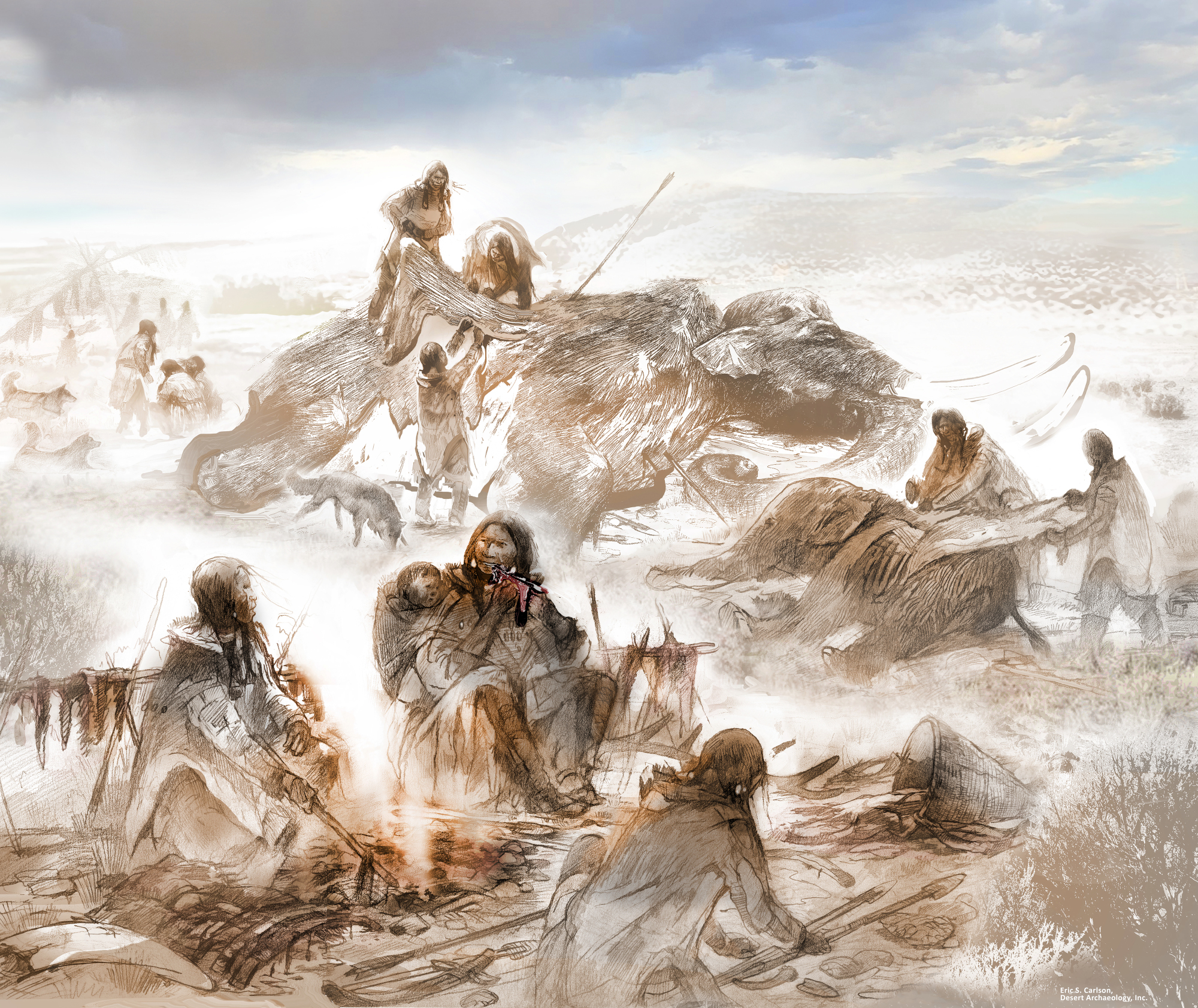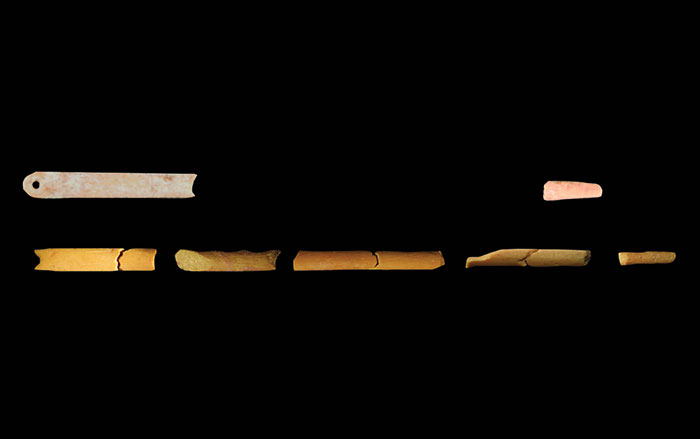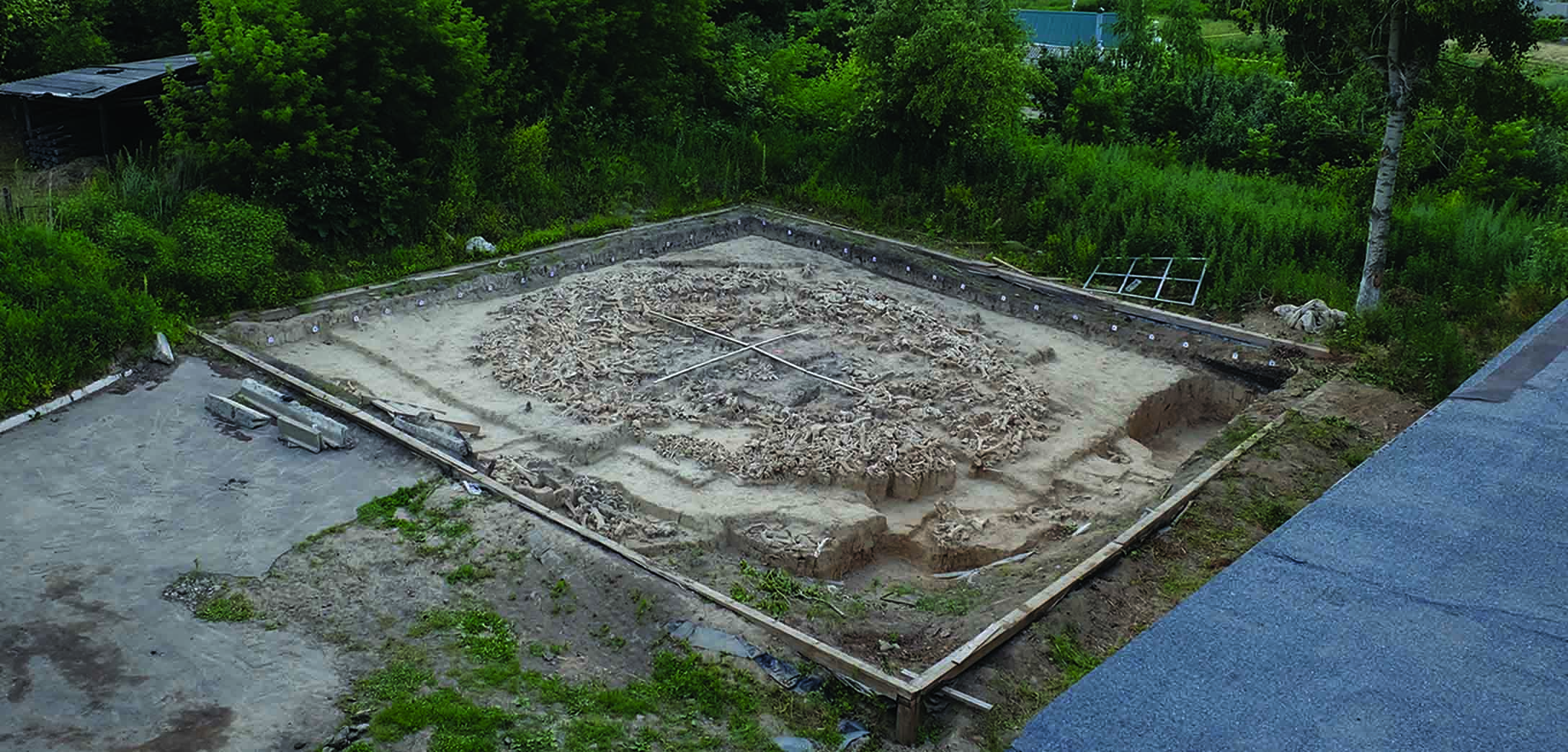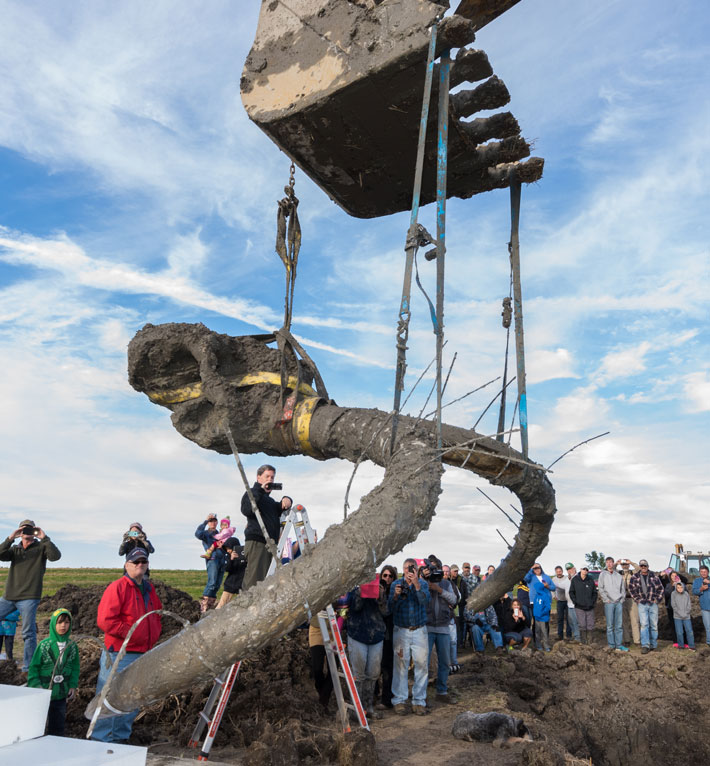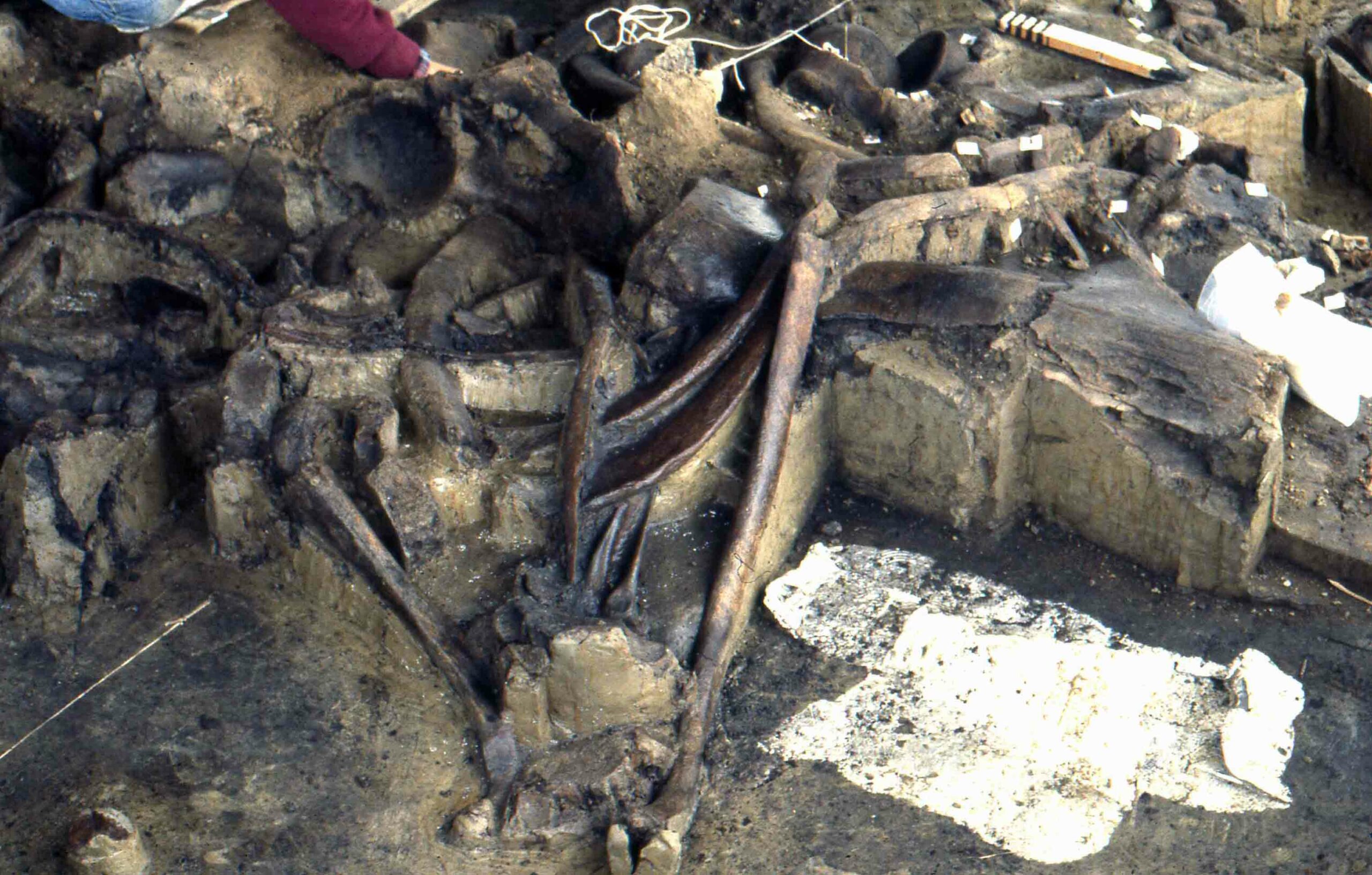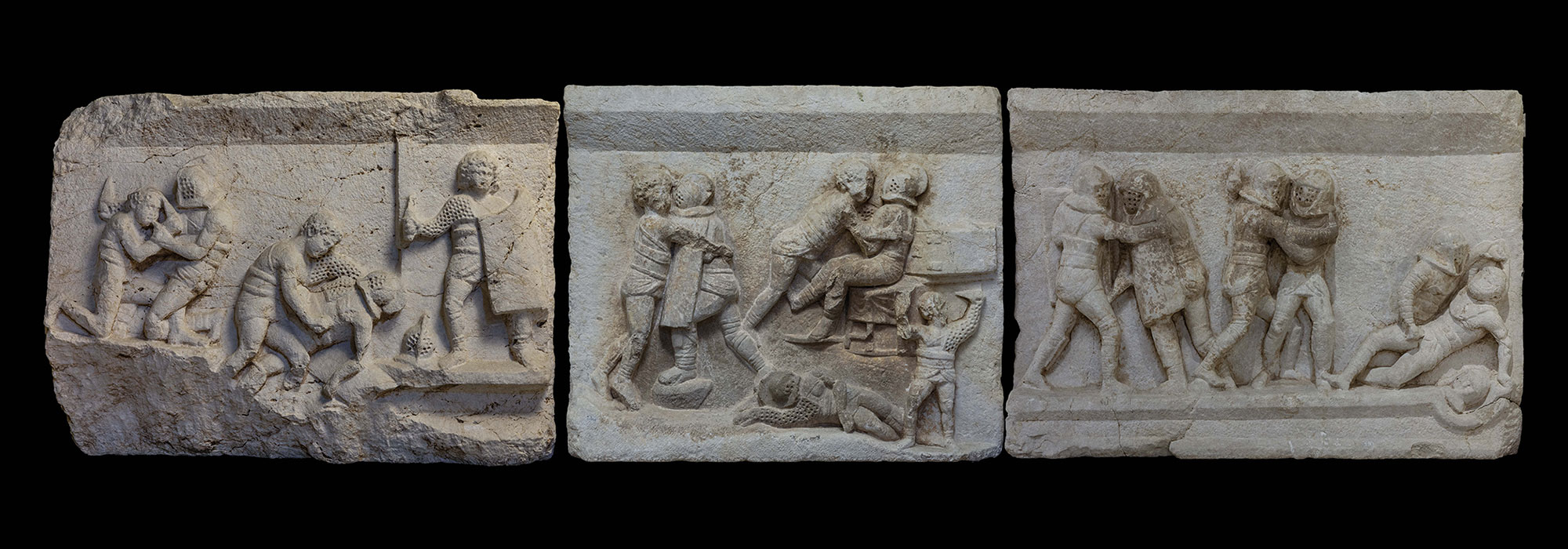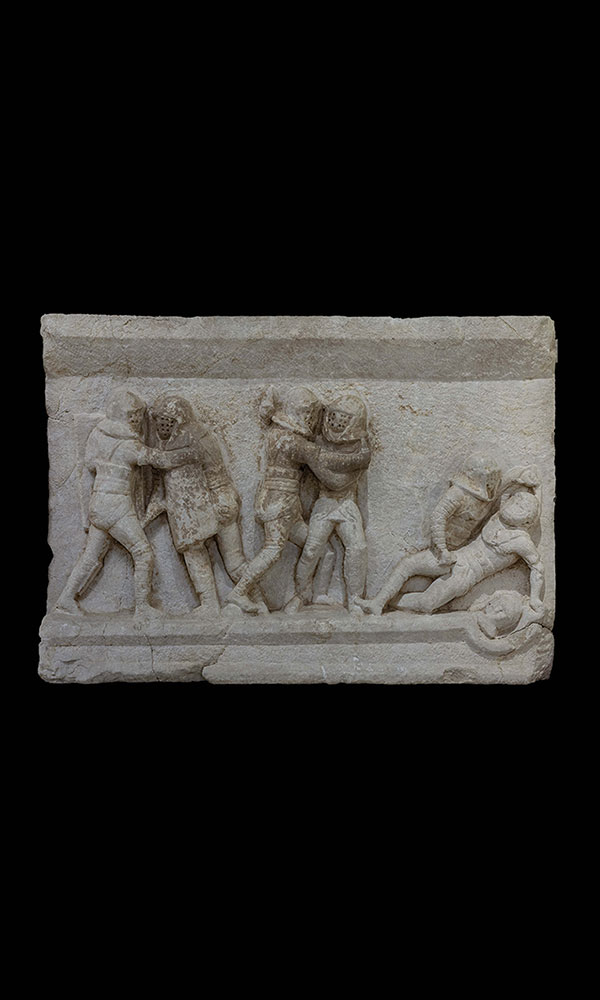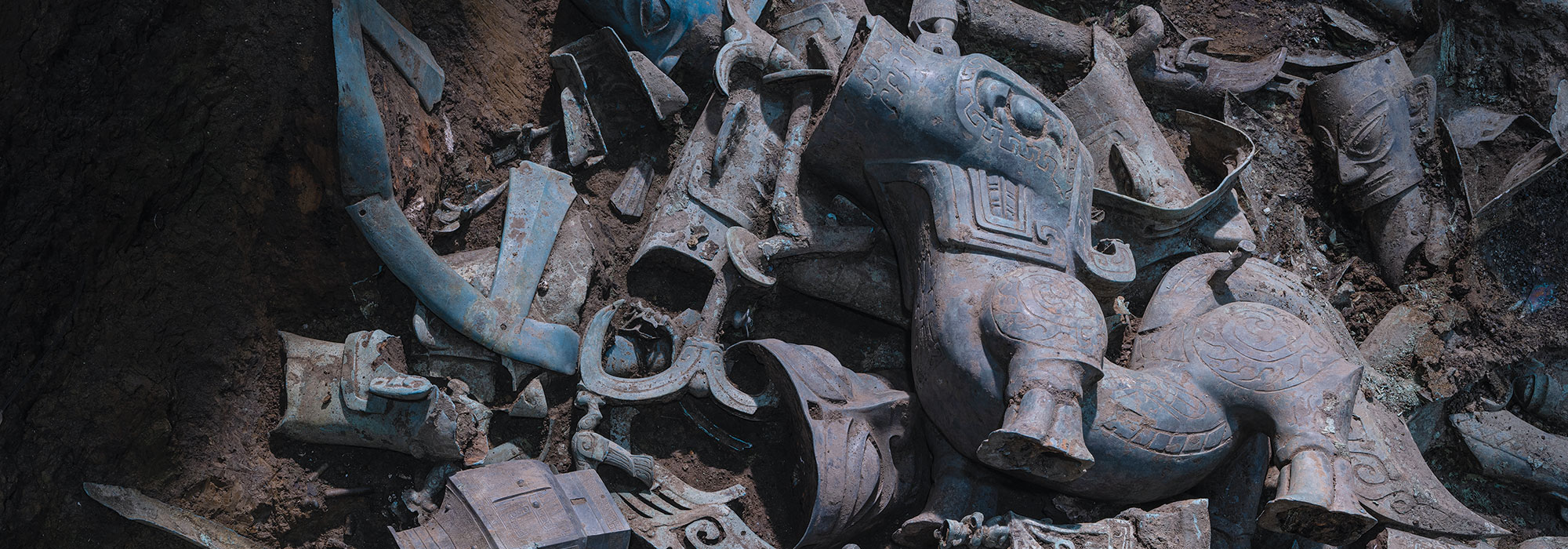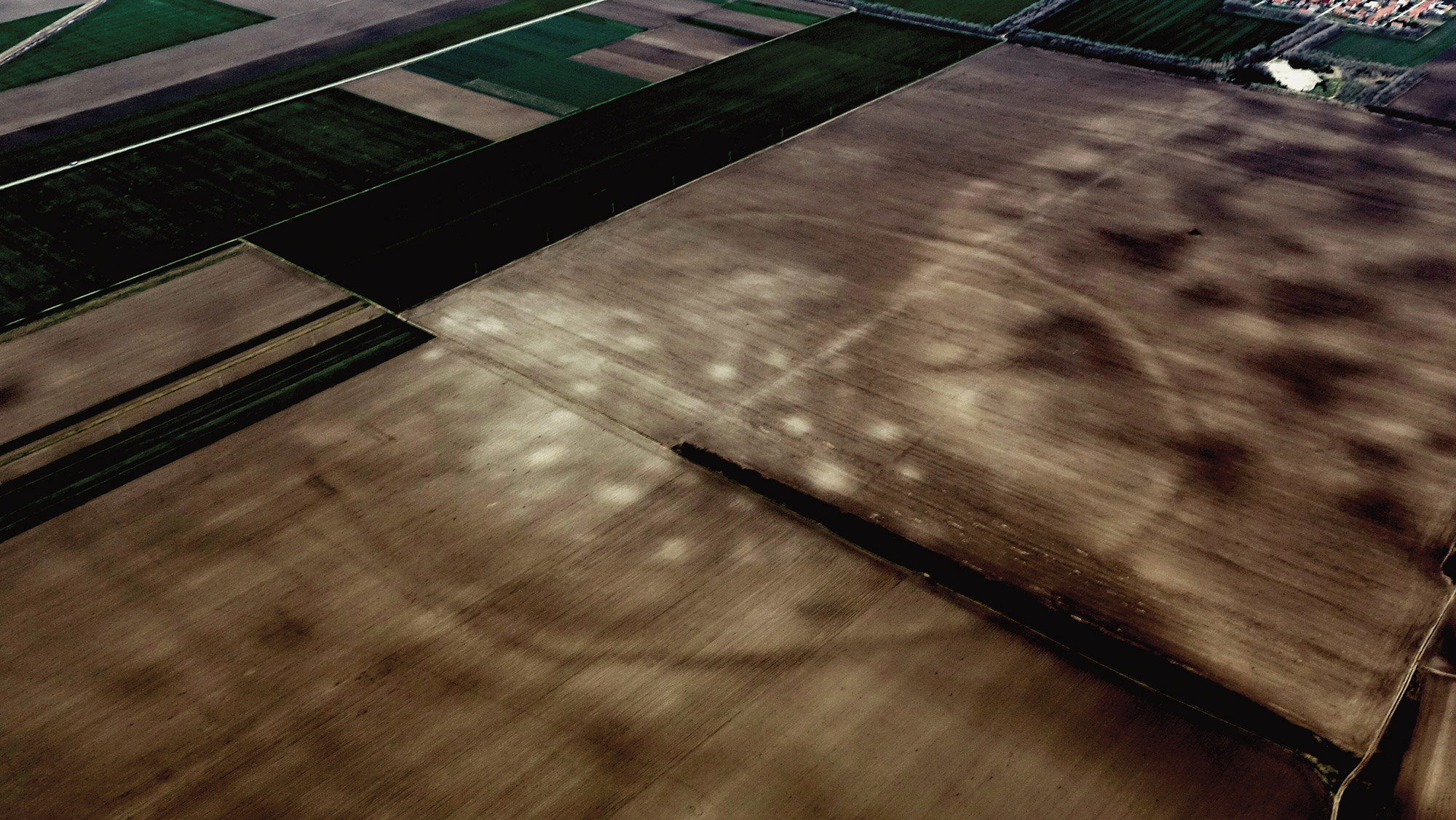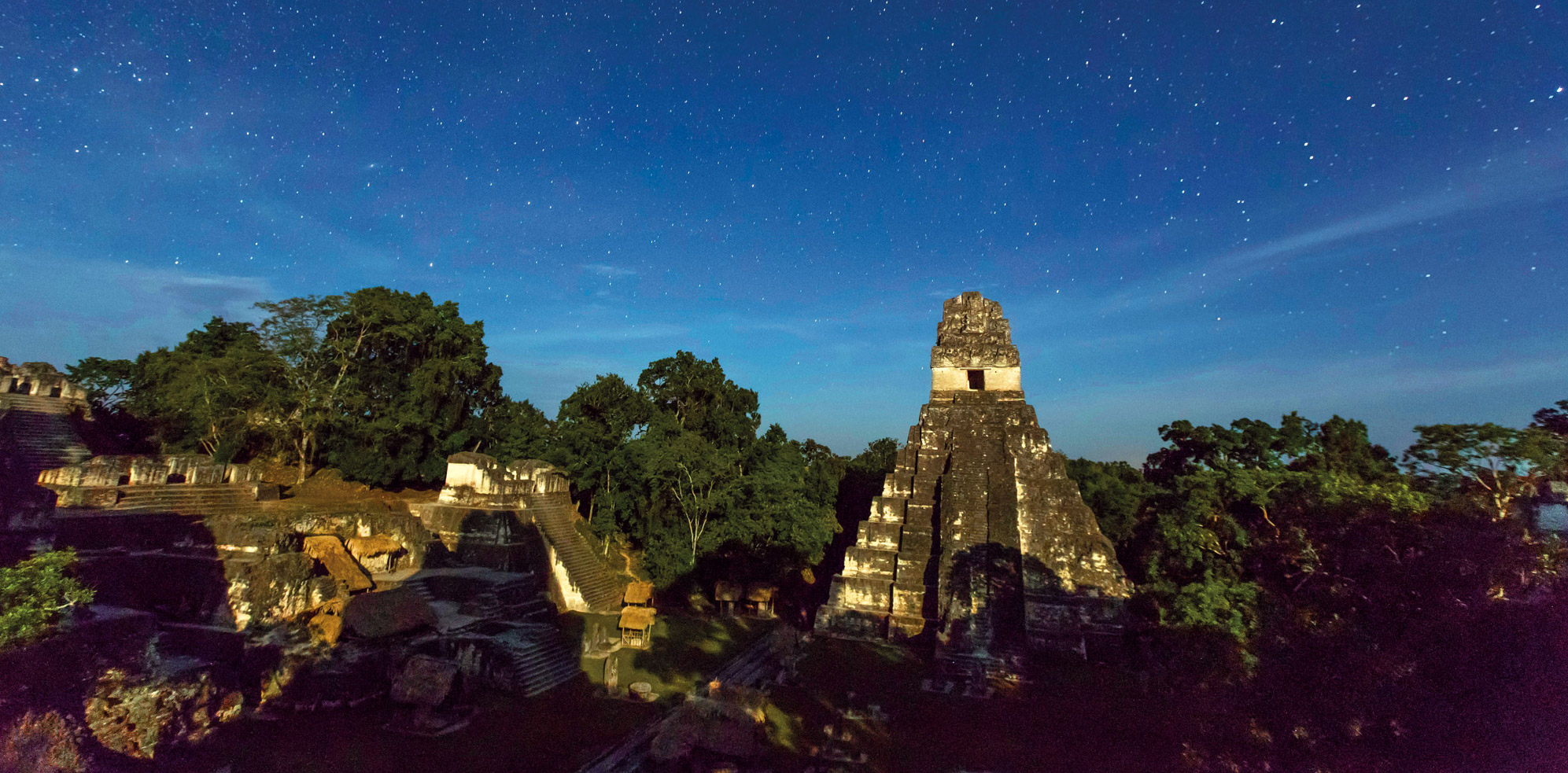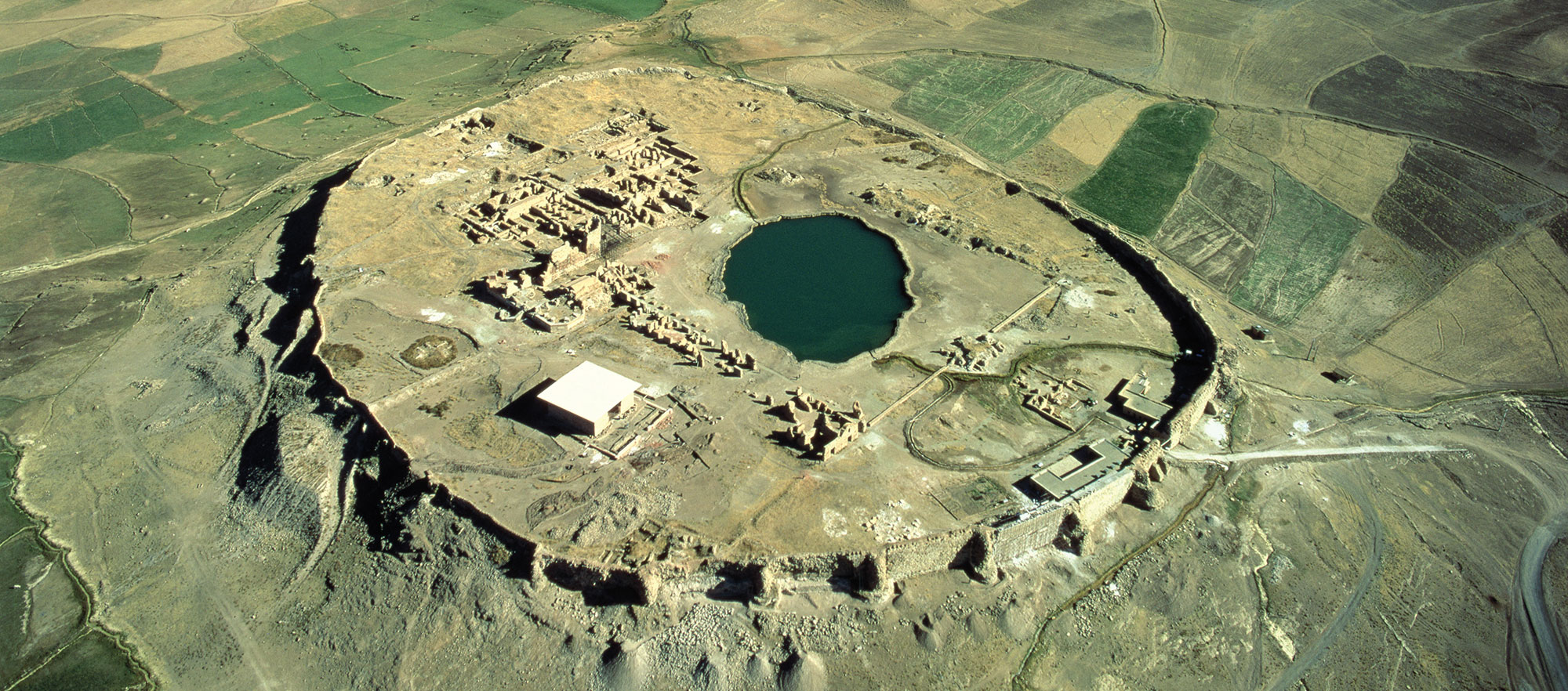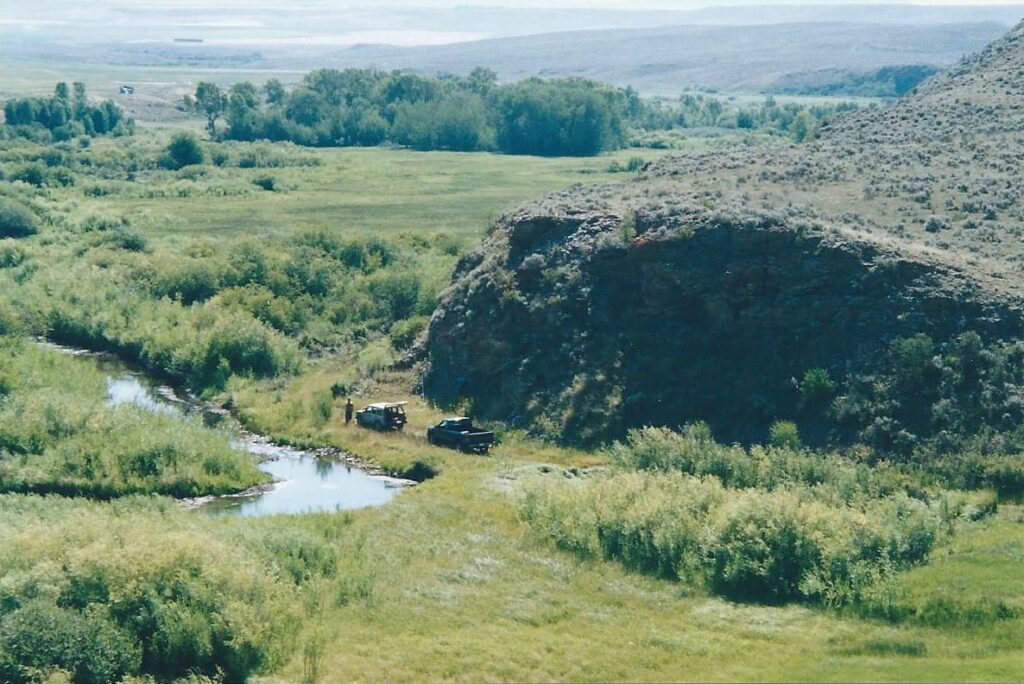
ONTARIO, CANADA—A new study has confirmed that mammoths and other megafauna comprised a large proportion of the diet of individuals of the Clovis culture, according to a statement released by the University of Alaska Fairbanks (UAF). Clovis people lived in North America some 13,000 years ago and were early ancestors of Native American populations. A team of researchers led by archaeologist James Chatters of McMaster University and UAF archaeologist Ben Potter analyzed previously published stable isotope data taken from the bones of Anzick-1, an 18-month-old infant whose remains were uncovered at Montana's Anzick site. Since the boy was of breastfeeding age when he died, the scientists were able to model the types of food his mother had consumed. Mammoths comprised 40 percent of her diet, which also included other large mammals such as bison and elk. “What's striking to me is that this confirms a lot of data from other sites,” Potter said. “For example, the animal parts left at Clovis sites are dominated by megafauna, and the projectile points are large, affixed to darts, which were efficient distance weapons.” Hunters' reliance on migrating mammoths as a food source, Chatters added, helps explain how the highly mobile Clovis people spread across North America and into South America within a few centuries. Read the original scholarly article about this research in Science Advances. To read about evidence for people who predated the Clovis culture, go to "Early Americans," one of ARCHAEOLOGY's Top 10 Discoveries of 2018.


